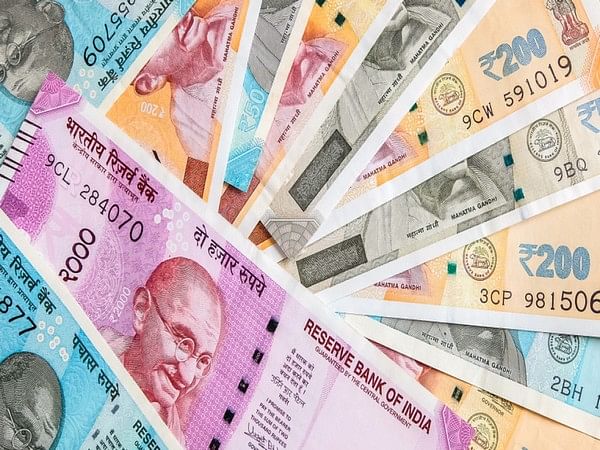New Delhi [India], June 16 (ANI): The Indian rupee experienced significant volatility in June, largely driven by the impact of elections, Foreign Portfolio Investor (FPI) outflows, and a rise in oil prices, which collectively strengthened the US dollar against the rupee, according to a report by Bank of Baroda.
Despite these pressures, the report provides an optimistic outlook, suggesting that the Indian rupee’s situation is likely to stabilize. This anticipated stability is attributed to expected steadiness in domestic markets and renewed FPI inflows, with the rupee projected to trade in a range of 83.3 to 83.6 against the US dollar.
“Ongoing political uncertainty in Europe (European parliamentary elections and snap elections in France), has pulled EUR down by more than 1 per cent. In case of Yen, no change in the stance by Bank of Japan and deferred plans to announce the details of winding up of its bond purchase program impacted market sentiments” said the report.
The report highlights that June saw a depreciation of major global currencies against the US dollar. Specifically, the dollar index (DXY), which measures the dollar’s value against a basket of other currencies, rose by 0.8 per cent in June, effectively reversing the 1.5% loss it had recorded in the previous month.
“The movement in global currencies was led by rebound in dollar. DXY index (Dollar index), measuring the dollar’s value against a basket of currencies is 0.8 per cent higher in Jun’24, reversing the 1.5 per cent loss it made last month,” the report stated.
Focusing on the performance of the Indian rupee, the report notes that the rupee depreciated by 0.1 per cent in June, reaching 83.57 against the US dollar. This depreciation occurred despite expectations of a stronger dollar.
The report also discussed India’s trade performance in May 2024, which saw a widening trade deficit. This widening was primarily due to imports rising at a faster pace than exports.
While exports grew by 9.9 per cent year-on-year, driven by increases in both oil and non-oil exports, import growth was moderated to 7.7 per cent, influenced by a decline in gold imports. Notably, there was an increase in imports of capital goods and transport equipment, while imports of electronic goods slowed.
In the outlook, the report suggests that the pressure on the Indian rupee is expected to ease, with a forecasted trading range of 83.3 to 83.6 against the US dollar. This anticipated easing is based on factors such as stability in domestic markets, FPI flows, and potential weakness in the US dollar.
However, the report also warns that renewed volatility in oil prices could exert depreciation pressure on the Indian rupee.
“In contrast, renewed volatility in oil prices will add to depreciation pressure on INR. At USD 655.8bn, India’s forex reserves give RBI more than ample buffer to see through the volatility. On balance, we expect INR to trade the range of 83.3-83.6/ dollar in Jun’24,” the report concludes. (ANI)
This report is auto-generated from ANI news service. ThePrint holds no responsibility for its content.



